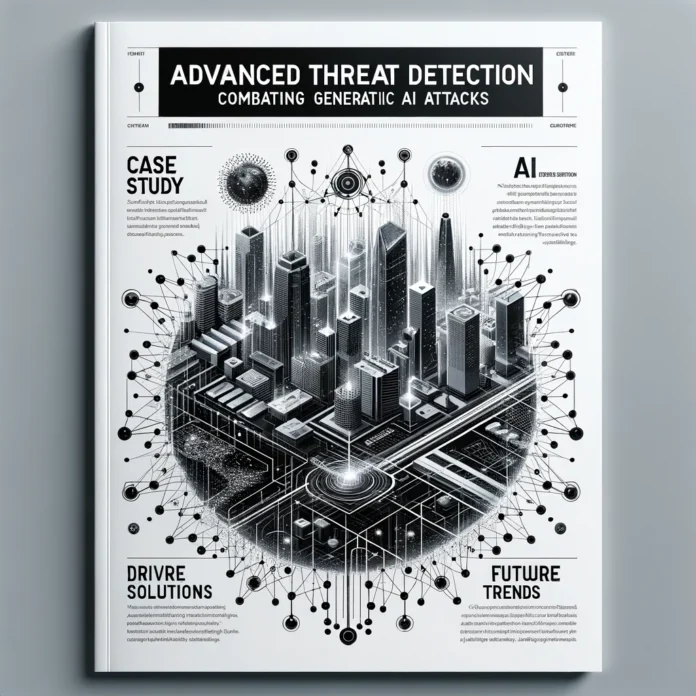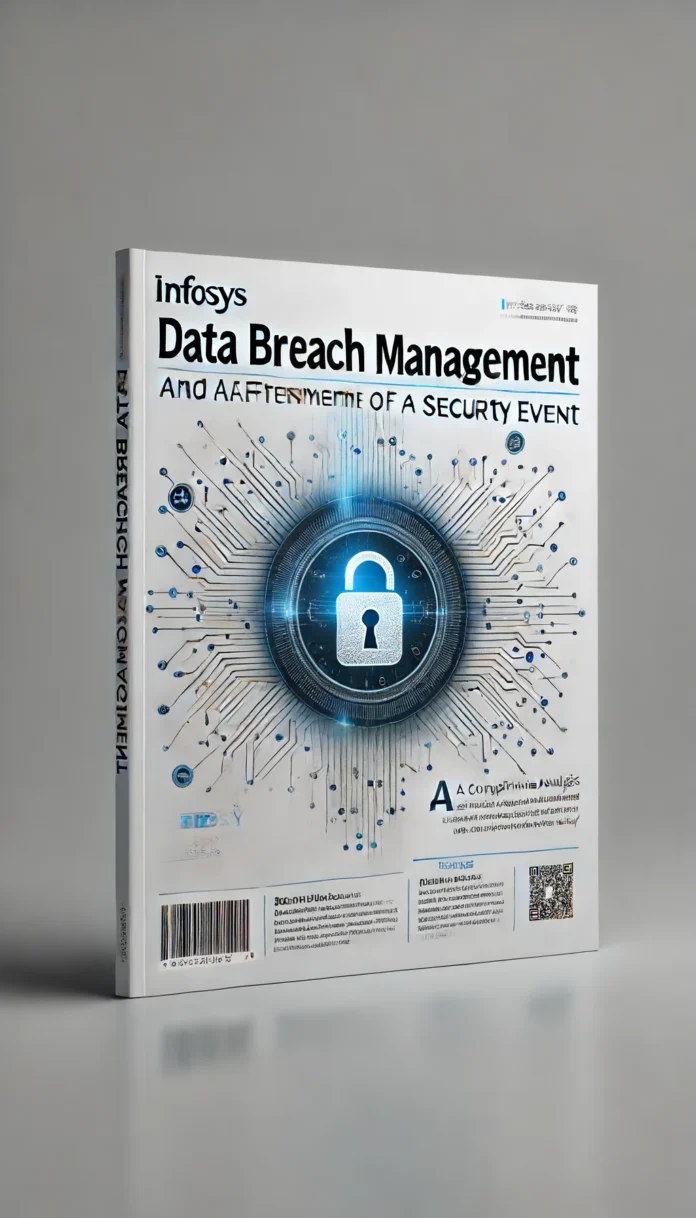In today’s rapidly evolving technological landscape, effective IT risk management is essential for safeguarding an organization’s assets, data, and reputation. Selecting the right IT risk management solution requires a thorough evaluation of various metrics to ensure it meets the unique needs of your organization. This article delves into the ten key metrics to consider when evaluating IT risk management solutions, based on the latest guidelines and industry best practices.
1. Risk Identification and Assessment Accuracy
Explanation:
An effective IT risk management solution should accurately identify and assess potential risks. This involves detecting vulnerabilities, threats, and their potential impact on the organization.
Implementation:
- Automated Tools: Use automated tools that continuously scan for vulnerabilities and threats.
- Regular Audits: Conduct regular security audits and assessments.
- Example: A financial institution using a solution that integrates with their systems to identify potential data breaches and assess the impact on customer data security.
Statistical Data:
- According to a 2023 report by Gartner, organizations using automated risk identification tools reduced the time to identify risks by 40% compared to manual methods.
2. Real-time Monitoring and Alerts
Explanation:
Real-time monitoring and alert systems are crucial for promptly detecting and responding to IT risks as they occur.
Implementation:
- Dashboard Integration: Implement dashboards that provide real-time visibility into system health and security status.
- Customizable Alerts: Set up customizable alerts for different types of threats.
- Example: An e-commerce platform using real-time monitoring to detect and respond to DDoS attacks instantly.
Statistical Data:
- A study by IBM found that real-time monitoring solutions can reduce incident response time by 50%, leading to quicker mitigation of threats.
3. Incident Response and Management
Explanation:
Effective incident response and management capabilities ensure that identified risks are managed promptly and efficiently.
Implementation:
- Incident Response Plan: Develop and regularly update an incident response plan.
- Response Automation: Utilize automated response mechanisms to handle common threats.
- Example: A healthcare provider using an incident response solution to manage ransomware attacks, ensuring minimal disruption to patient care.
Statistical Data:
- The 2023 Ponemon Institute report indicated that organizations with robust incident response plans experienced 30% less downtime during cyber incidents.
4. Compliance and Regulatory Adherence
Explanation:
IT risk management solutions must help organizations comply with relevant regulations and standards, such as GDPR, HIPAA, and ISO 27001.
Implementation:
- Compliance Modules: Use solutions with built-in compliance modules.
- Regular Updates: Ensure the solution is regularly updated to reflect changes in regulations.
- Example: A multinational corporation using a compliance management tool to adhere to data protection regulations across different countries.
Statistical Data:
- Compliance management tools can reduce the risk of non-compliance penalties by up to 60%, as per a 2022 Deloitte survey.
5. Scalability and Flexibility
Explanation:
The solution should be scalable and flexible to adapt to the growing and changing needs of the organization.
Implementation:
- Cloud Integration: Opt for solutions that offer cloud-based scalability.
- Modular Design: Choose solutions with a modular design to add or remove features as needed.
- Example: A startup selecting a scalable risk management solution that can grow with their expanding operations.
Statistical Data:
- A 2023 Forrester report highlighted that scalable IT solutions improve long-term ROI by 45% compared to non-scalable alternatives.
6. User-Friendliness and Training
Explanation:
The ease of use and availability of training resources are critical for ensuring that all stakeholders can effectively utilize the IT risk management solution.
Implementation:
- Intuitive Interface: Select solutions with an intuitive user interface.
- Comprehensive Training: Provide comprehensive training sessions for employees.
- Example: An educational institution implementing a user-friendly risk management tool with extensive training modules for staff.
Statistical Data:
- Organizations that invest in user-friendly solutions and training experience a 35% increase in employee adoption rates, according to a 2023 McKinsey report.
7. Integration Capabilities
Explanation:
The ability to integrate with existing systems and tools is essential for seamless operation and data flow.
Implementation:
- API Integration: Ensure the solution offers robust API integration.
- Compatibility Testing: Conduct thorough compatibility testing with current systems.
- Example: An enterprise integrating their IT risk management solution with their existing ERP and CRM systems for comprehensive risk visibility.
Statistical Data:
- Businesses that utilize integrated IT risk management solutions report a 25% improvement in operational efficiency, as stated in a 2023 IDC study.
8. Cost-Effectiveness
Explanation:
Evaluating the total cost of ownership (TCO) and ensuring the solution provides value for money is crucial.
Implementation:
- Budget Analysis: Perform a detailed budget analysis to include initial costs, subscription fees, and maintenance expenses.
- ROI Measurement: Track the return on investment (ROI) over time.
- Example: A nonprofit organization choosing a cost-effective solution that fits their budget while providing essential risk management features.
Statistical Data:
- The 2023 Cost of Cybercrime report by Accenture revealed that cost-effective risk management solutions can reduce cybersecurity costs by up to 30%.
9. Vendor Reputation and Support
Explanation:
The reputation of the vendor and the quality of their customer support can significantly impact the effectiveness of the solution.
Implementation:
- Vendor Research: Conduct thorough research on vendor reputation and customer reviews.
- Support Services: Ensure the vendor offers reliable support services, including 24/7 assistance.
- Example: A government agency selecting a reputable vendor known for excellent customer support and reliable service.
Statistical Data:
- Organizations working with highly reputed vendors experience a 20% increase in satisfaction and trust, according to a 2023 Gartner customer survey.
10. Data Analytics and Reporting
Explanation:
Advanced data analytics and reporting capabilities are essential for ongoing risk assessment and decision-making.
Implementation:
- Analytical Tools: Use solutions with robust analytical tools to analyze risk data.
- Custom Reports: Generate custom reports for different stakeholders.
- Example: A manufacturing company using detailed analytics to predict and mitigate potential supply chain risks.
Statistical Data:
- The ability to leverage advanced data analytics in risk management solutions leads to a 25% improvement in risk mitigation strategies, as noted in a 2023 study by SAS.
Conclusion
Selecting the right IT risk management solution is a critical decision that can significantly impact an organization’s security posture and operational efficiency. By evaluating these ten key metrics—risk identification and assessment accuracy, real-time monitoring and alerts, incident response and management, compliance and regulatory adherence, scalability and flexibility, user-friendliness and training, integration capabilities, cost-effectiveness, vendor reputation and support, and data analytics and reporting—organizations can ensure they choose a solution that meets their needs and enhances their risk management capabilities.





